Water Testing Kits Now Available. See complete list of available tests and pricing.
Safe Drinking Water – Best Gift Ever

Chautauqua-Conewango Consortium
A Waterkeeper Alliance Affiliate

Water Testing Kits Now Available. See complete list of available tests and pricing.
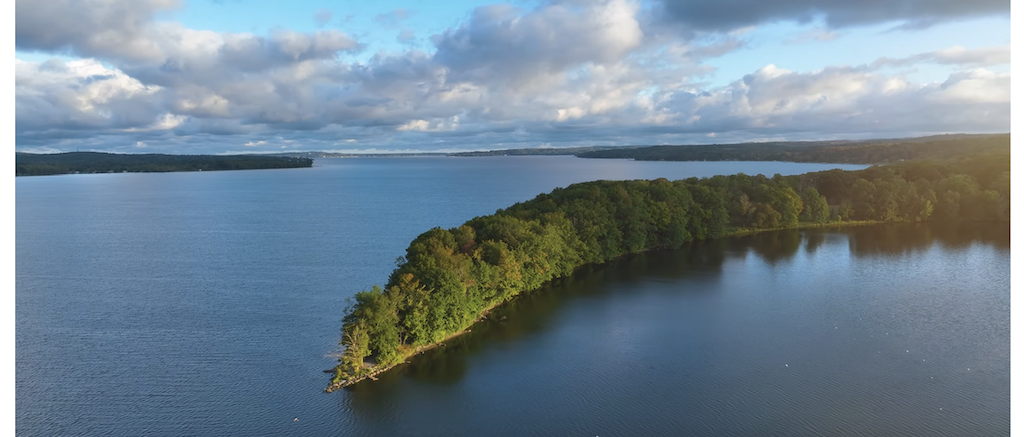
This video provides a short introduction of the Chautauqua Conewango Consortium, A Waterkeeper Alliance Affiliate.
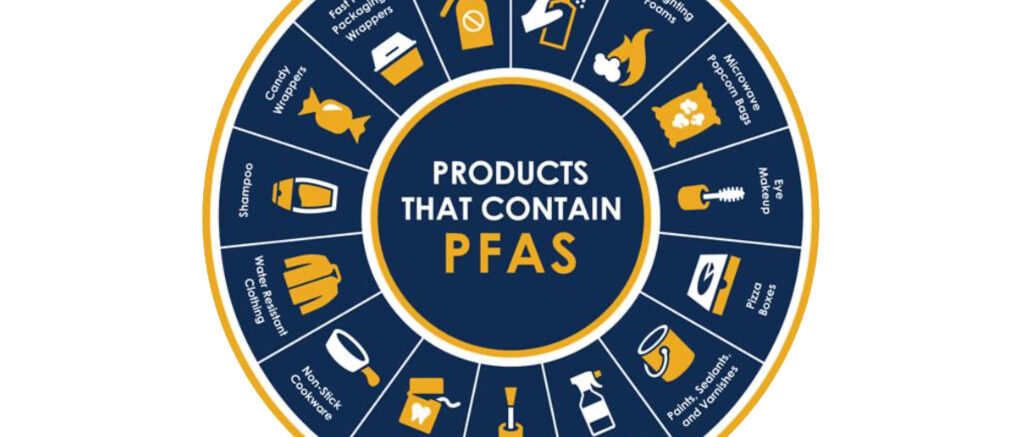
Review the full report authored by William Boria, July 2024
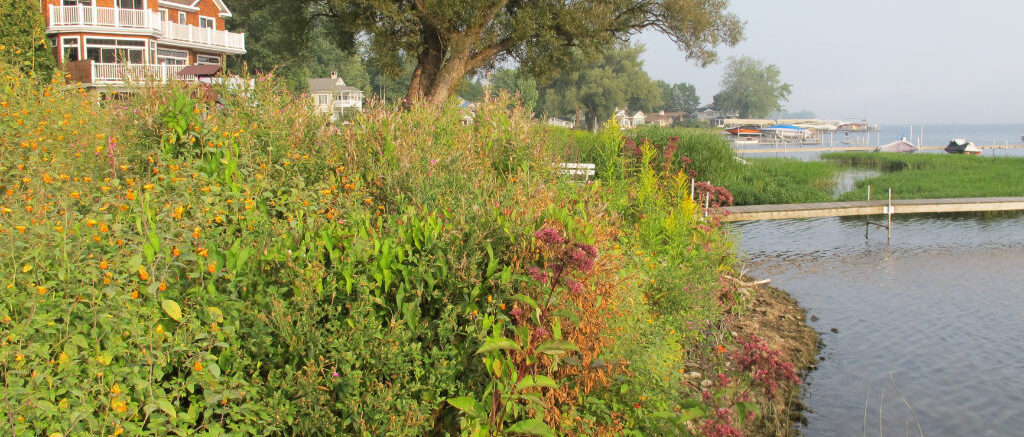
This diagram details how ecosystems are complex and that changes in one part of the system can impact other parts of the system.
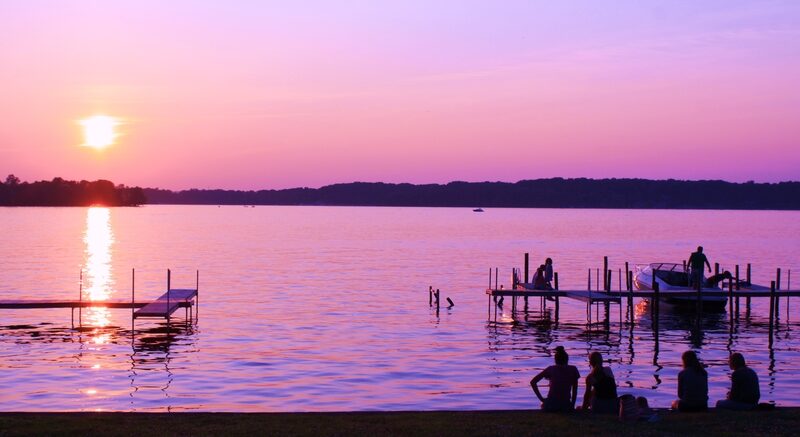
The Department of Environmental Conservation has launched a Chautauqua Watershed website so you can keep up to date with the latest news and information regarding lake science, permitting, and regulation.

An 1878 photograph of Chautauqua Lake reveals a shoreline that is very different from the one we recognize today. The boating options have certainly changed. This view from Bemus Point over to Long Point records a shoreline of growing vegetation, even out into the deeper water. No one can turn back the hands of time and humans have, undeniably, changed …
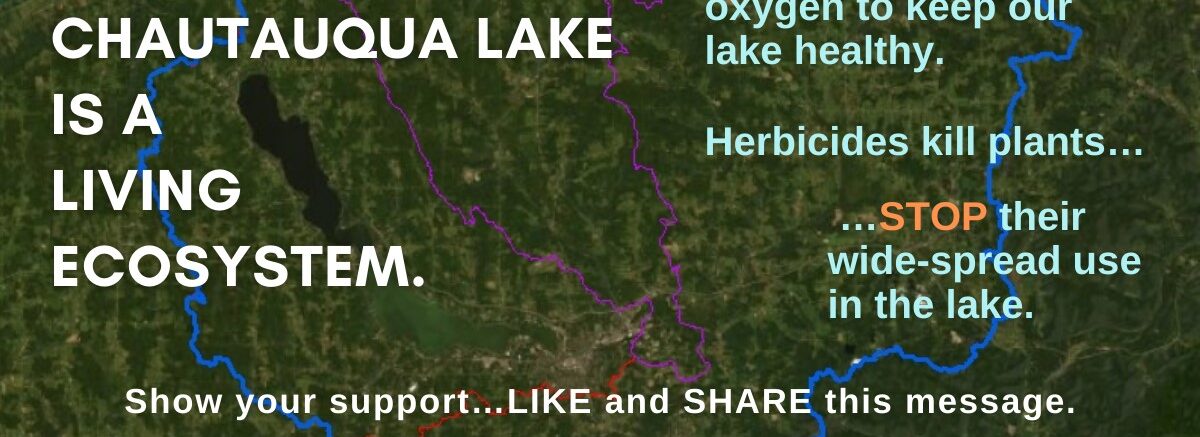
Applications for the widespread use of herbicides in April or May in Chautauqua Lake in Western New York have been filed. The requested herbicide is toxic to mammals and kills more than just the invasive plant. The Chautauqua-Conewango Consortium in association with FreshWater Future have prepared this simple form for you to submit a comment letter to the New York State Department of Conservation …
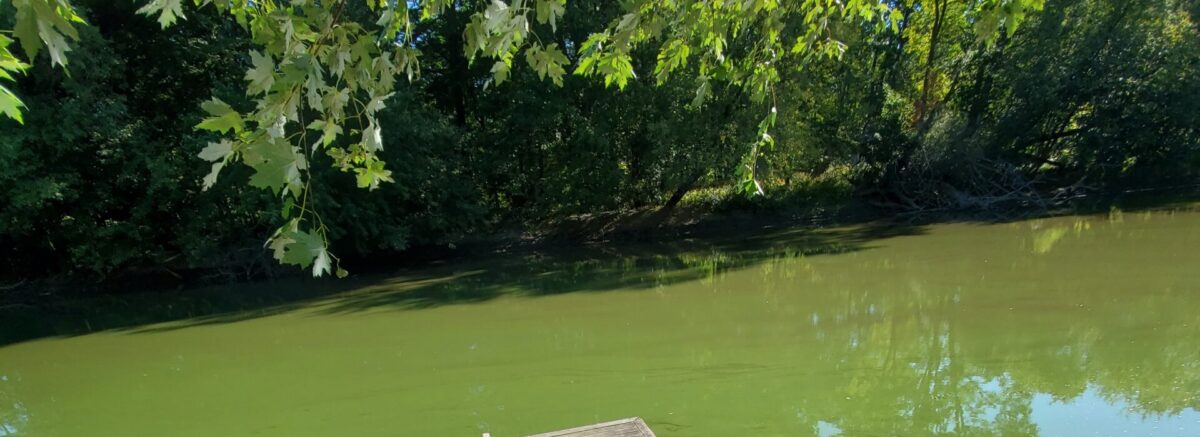
When possibly the oldest life form on Planet Earth has had about 2.7 billion years to perfect its survival skills, showing up in unexpected places should come as no surprise. Cyanobacteria is that survivor. Algal blooms are a familiar, summer sight on the South Basin of Chautauqua Lake. “Algal” leads us to believe we are referring to algae, the biological …
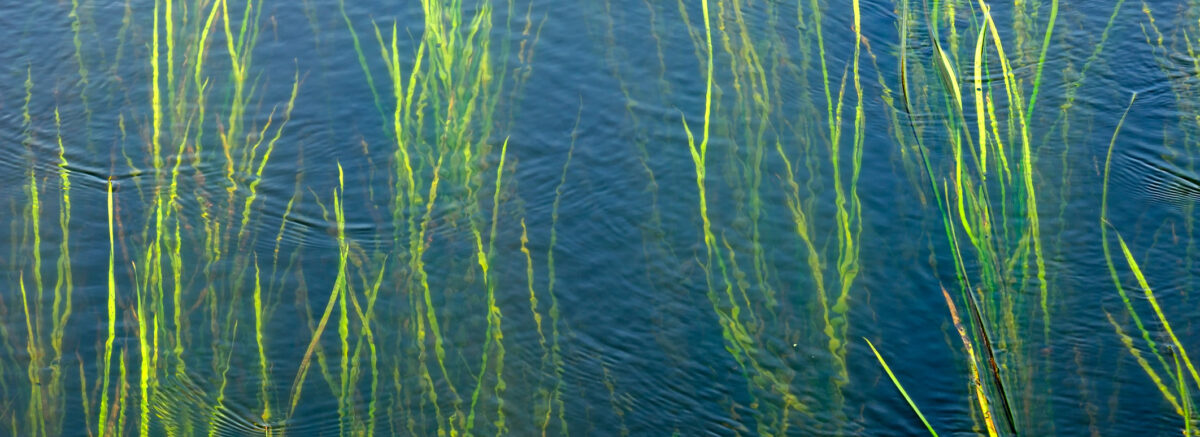
It’s not news that Chautauqua Lake and other regional bodies of water struggle with abundant plant growth that interferes with recreation for some. Voices have been raised to eliminate these nuisance, invasive plants. But is it possible, or even advisable, to attempt to remove all invasive plants in a lake? Yes, if it is a newly-introduced invasive. However, If the plants have …

It’s been a busy year. Click here to see the Consortium’s work in 2023 by the numbers.